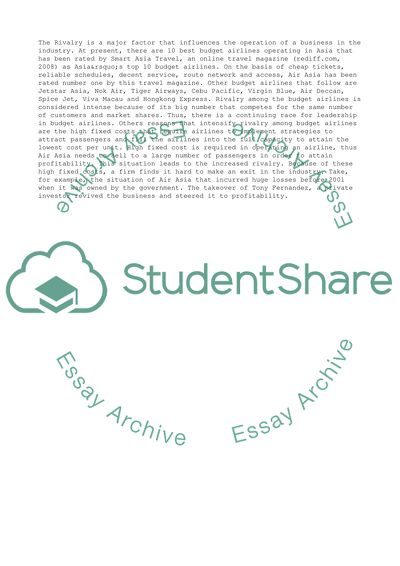Cite this document
(“A Significant Problem of the Airline Industry and the Profitability of Research Paper”, n.d.)
A Significant Problem of the Airline Industry and the Profitability of Research Paper. Retrieved from https://studentshare.org/business/1746546-an-analysis-of-the-external-environments-of-an-organisation
A Significant Problem of the Airline Industry and the Profitability of Research Paper. Retrieved from https://studentshare.org/business/1746546-an-analysis-of-the-external-environments-of-an-organisation
(A Significant Problem of the Airline Industry and the Profitability of Research Paper)
A Significant Problem of the Airline Industry and the Profitability of Research Paper. https://studentshare.org/business/1746546-an-analysis-of-the-external-environments-of-an-organisation.
A Significant Problem of the Airline Industry and the Profitability of Research Paper. https://studentshare.org/business/1746546-an-analysis-of-the-external-environments-of-an-organisation.
“A Significant Problem of the Airline Industry and the Profitability of Research Paper”, n.d. https://studentshare.org/business/1746546-an-analysis-of-the-external-environments-of-an-organisation.


